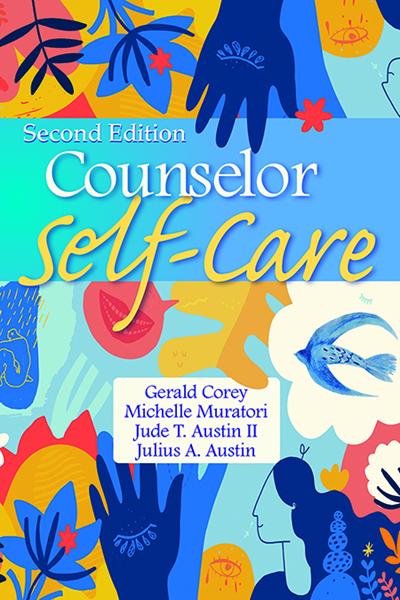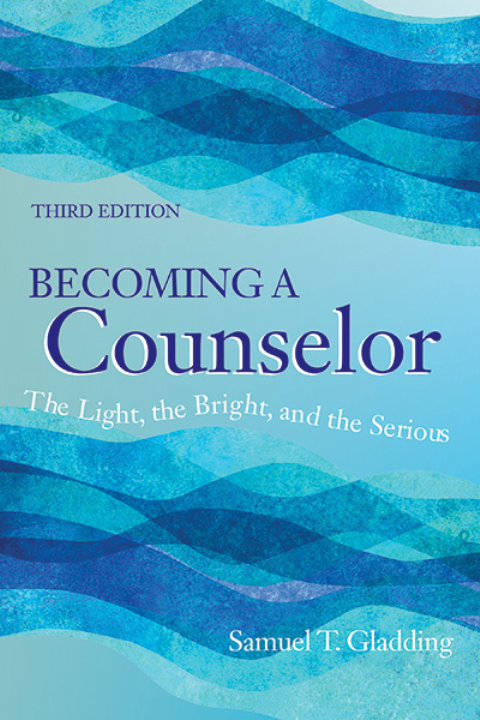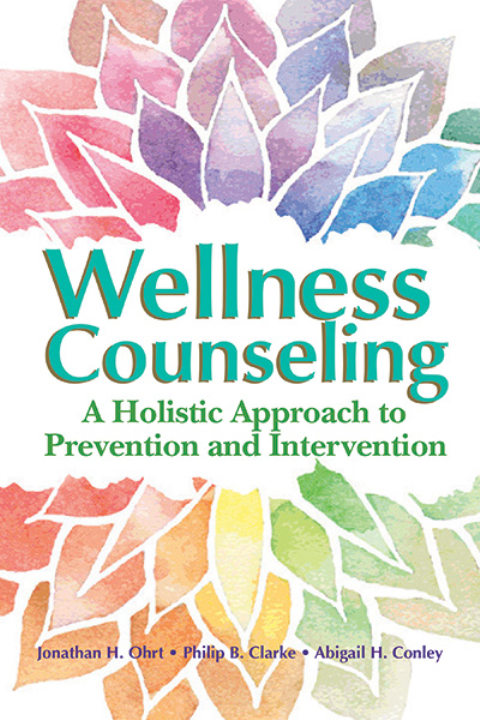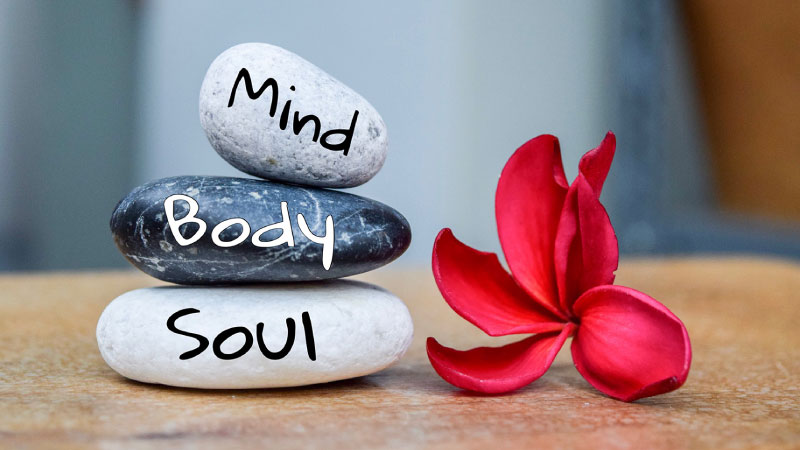
Essential strategies for counselor well-being
Related Articles from Counseling Today
Continuing Education on This Topic
Related Publications
Related Practice Briefs
Wellness
The World Health Organization (1967) stated that wellness encompasses more than just the absence of disease; it includes a holistic perspective of physical, mental, and social well-being. Within the counseling field, the initial focus was on the client’s wellness; however, the concept also includes counselor wellness (Witmer & Young, 1996). Wellness is (a) multidimensional, (b) best represented on a continuum, and (c) more than just the absence of illness (Roscoe, 2009). Myers, Sweeney, and Witmer’s (2000) defined wellness as: a way of life oriented toward optimal health and well-being, in which body, mind, and spirit are integrated by the individual to live life more fully within the human and natural community. Ideally, it is the optimum state of health and well-being that each individual is capable of achieving. (p. 252)
A number of milestones have marked the rise of wellness as a tenet of the counseling profession:
- Witmer (1985) was the first to introduce the construct of wellness to the counseling field.
- Myers (1992) suggested that wellness is a major paradigm within the counseling field.The American Counseling Association developed a task force to promote wellness and prevent counselor burnout (Lawson & Verant, 2006).
Wellness Assessment
The Five Factor Wellness Inventory (5F-Wel; Myers & Sweeney, 2008), developed from the Indivisible Self Wellness Model (IS Wel Model), assesses an individual’s overall wellness, and five factors of wellness: essential self, social self, physical self, creative self, and coping self. The 5F-Wel is the most common assessment of wellness used in the counseling field. Versions are available for adults and K-12 students, and it has been translated into other languages to meet the needs of diverse populations.
Additional Assessment Resources:
- Free assessments are provided at http://www.psy.miami.edu/faculty/ccarver/CCscales.html
- Website for the National Wellness Institute which provides resources for best practices, a wellness conference, training/education opportunities, free wellness assessments, and current issues regarding wellness: http://www.nationalwellness.org/?
Evidenced Based Intervention Strategies:
Counselors and Wellness
- ACA (2005) and Myers and Sweeney (2008) advocate for the necessity of evidence-based practices that promote client and counselor wellness.
- Counselors who incorporate wellness into their lives may experience lower levels of burnout (Young & Lambie, 2007).
- Website link to the ACA taskforce on Counselor Wellness and Impairment; provides information regarding well- ness strategies, educational programs, assessments, risk factors of impairment, and wellness resources: http:// www.counseling.org/wellness_taskforce/tf_history.htm
- Myers, J. E., & Sweeney, T. J. (Eds.). (2005). Counseling for wellness: Theory, research, and practice. Alexandria, VA: American Counseling Association.
- Granello, P. F. (2012) Wellness Counseling. Upper Saddle Ridge, NJ: Merrill-Pearson
Spirituality and Wellness
- Practicing mindfulness, increases purpose in life, life satisfaction, social support, positive mood and decreased depressive symptoms and illness (Fredrickson et al., 2008; Weibel, 2007).
- Center for Mindfulness in Medicine, Health Care and Society: http://www.umassmed.edu/cfm/ http://psychology.tools/technique-mindfulness.html
- Web Resource: Association for Spiritual, Ethical, and Religious Values in Counseling: http://www.aservic.org/
Physical Health and Wellness
- Practicing yoga in a 10-week yoga program increased participant’s ability to handle induced stressors (Hempel & Ott, 2006). Clients with PTSD who participate in 5 yoga session have reduced anxiety and improved well-being (Williams et al., 2005). Yogic breathing balances an overactive nervous system and enhances well-being (Brown & Gerbarg, 2005).
- Website for the U.S. Department of Health & Human Services, National Institutes of Health; provides health and wellness resources for a variety of populations and specific health topics: https://www.nih.gov/health-information/science-based-health-wellness-resources-your-community
- Healthy People: http://www.healthypeople.gov/2020/default.aspx
- National Heart, Lung, and Blood Institute: http://www.nhlbi.nih.gov/health/index.htm#tools
Mental Health and Wellness
- Gratitude is positively associated with positive affect, optimism, happiness, and life satisfaction; gratitude is negatively associated with anxiety and depressive symptoms (Emmons & McCullough, 2003; McCullough, Emmons, & Tsang, 2002)
- Forgiveness increases positive relationship skills, leads to a less stressful marriage, and is associated with greater wellness (Worthington & Scherer, 2004).
- Volunteering results in reduction in depressive symptoms (Musick & Wilson, 2003) and enhanced well-being and happiness (Krueger, Hicks, & McGue, 2001).
- Association for Humanistic Counseling: http://afhc.camp9.org/
- National Institute of Mental Health: http://www.nimh.nih.gov/index.shtml
American Counseling Association. (2005). ACA code of ethics. Alexandria, VA: Author.
Brown, R. P., & Gerbarg, P. L. (2005). Sudarshan Kriya yoga breathing in the treatment of stress, anxiety, and depression, Part I: Neurophysiologic model. The Journal of Alternative and Complimentary Medicine, 11(1), 189-201.
Emmons, R. A., & McCullough, M. E. (2003). Counting blessings versus burdens: An experimental investigation of gratitude and subjective well-being in daily life. Journal of Personality and Social Psychology, 84, 377-389. doi: 10.1037/0022-3514.84.2.377
Fredrickson, B., Cohn, M., Coffey, K. A., Pek, J., & Finkel, S. M. (2008). Open hearts build lives: Positive emotions, induced through loving-kindness meditation, build consequential personal resources. Journal of Personality and Social Psychology, 95, 1045-1062.
Granello, P. F. (2012). Wellness Counseling. Upper Saddle Ridge, NJ: Merrill-Pearson
Hempel, H., & Ott, U. (2006). Effects of hatha-yoga: Autonomic balance, absorption, and health. Unpublished manuscript.
Krueger, R. F., Hicks, B. M., & McGue, M. (2001). Altruism and antisocial behavior: Independent tendencies, unique personality correlates, distinct etiologies. Psychological Science, 12, 397.
Lawson, G., & Venart, E. (2005). Preventing counselor impairment: Vulnerability, wellness, and resilience. In G. R.
Walz, & R. Yep (Eds.), VISTAS: Perspectives on counseling 2005 (pp. 243-246). Alexandria, VA: American Counseling Association.
McCullough, M. E., Emmons, R. A., & Tsang, J. (2002). The grateful disposition: A conceptual and empirical topography. Journal of Personality & Social Psychology, 82(1), 112-127. doi: 10.1037//0022-3514.82.1.112
Musick, M.A., & Wilson, J. (2003). Volunteering and depression: The role of psychological and social resources in different age groups. Social Science and Medicine 56, 259-69.
Myers, J. E. (1992). Wellness, prevention, development: The cornerstone of the profession. Journal of Counseling & Development, 71, 136-139.
Myers, J. E., & Sweeney, T. J. (2008). Wellness counseling: The evidence base for practice. Journal of Counseling & Development, 86, 482-493.
Myers, J. E., Sweeney, T. J., & Witmer, J. M. (2000). The Wheel of Wellness counseling for wellness: A holistic model for treatment planning. Journal of Counseling & Development, 78, 251-266.
Roscoe, L. J. (2009). Wellness: A review of theory and measurement of counselors. Journal of Counseling & Development, 87, 216-226.
Weibel, D. T. (2007). A loving-kindness intervention: Boosting compassion for self and others. Retrieved from Dissertations and Theses database (AAT 3292869).
Williams, A. L., Selwyn, P. A., Liberti, L., Molde, S., Njike, V. Y., McCorkle, R., …Katz, D. L. (2005). Efficacy of frequent mantram repetition on stress, quality of life, and spiritual well-being in veterans: A pilot study. Journal of Pallative Medicine, 5, 939-952.
Witmer, J. M. (1985). Pathways to personal growth. Muncie, IN: Accelerated Development.
Witmer, J. M., & Young, M. E. (1996). Preventing counselor impairment: A Wellness approach. Journal of Humanistic Education and Development, 34, 141-155.
World Health Organization. (1967). Constitution of the World Health Organization, Geneva, Switzerland: Author. Worthington Jr., E. L., & Scherer, M. (2004). Forgiveness is an emotion-focused coping strategy that can reduce health risks and promote health resilience: Theory, review, and hypotheses. Psychology & Health, 19, 385-405. doi: 10.1080/0887044042000196674
Young, M. E., & Lambie, G. (2007). Wellness in school and mental health systems: Organizational influences. Journal of Humanistic Counseling, Education & Development, 46, 98-113.
- Professional Counseling
- Wellness & Self Care




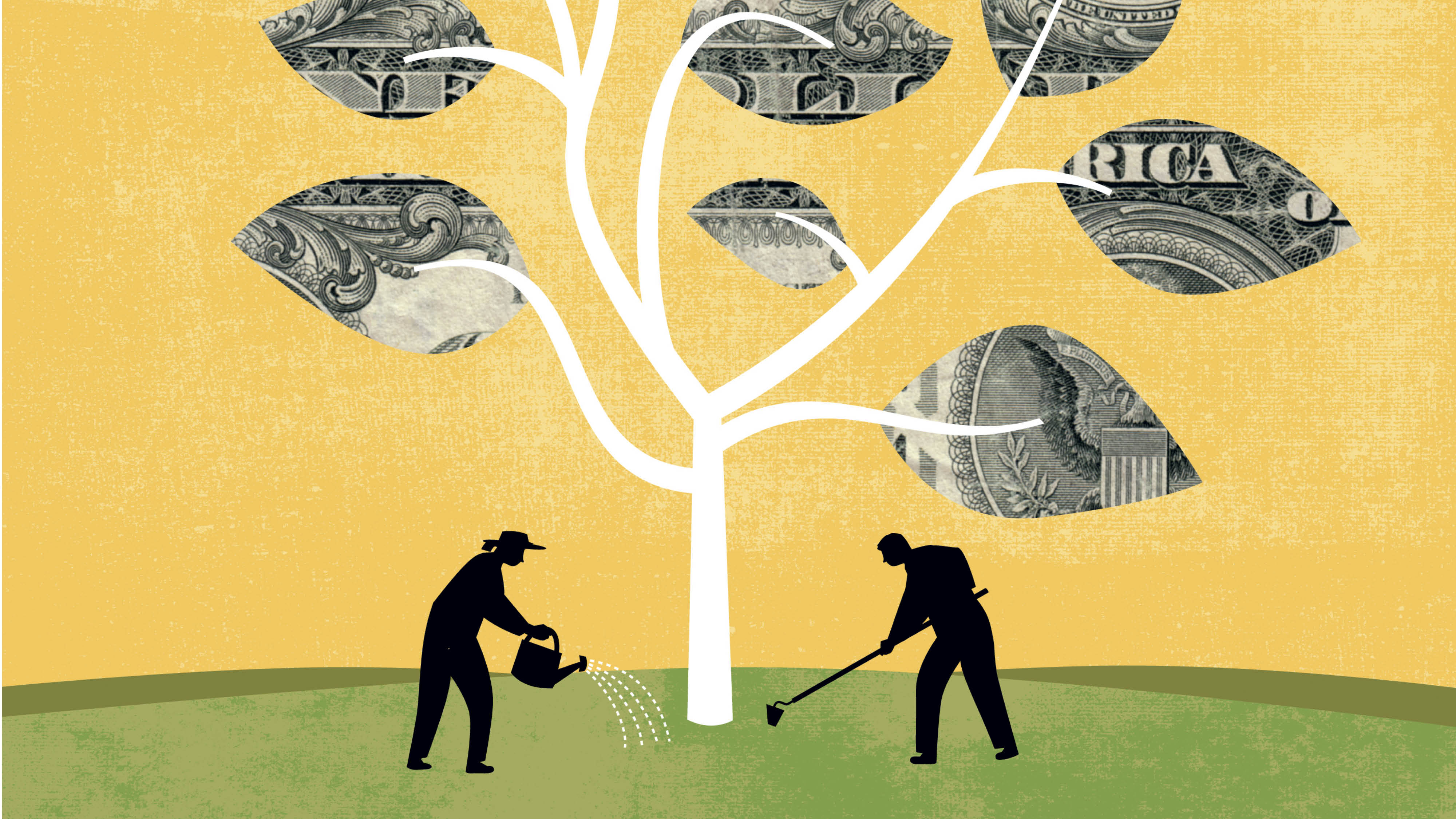













/depositphotos-69868571-s-2015.jpg?sfvrsn=39c0c39a_4)

